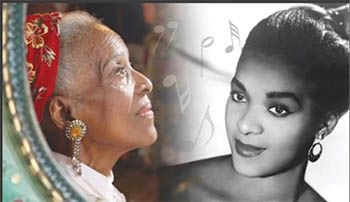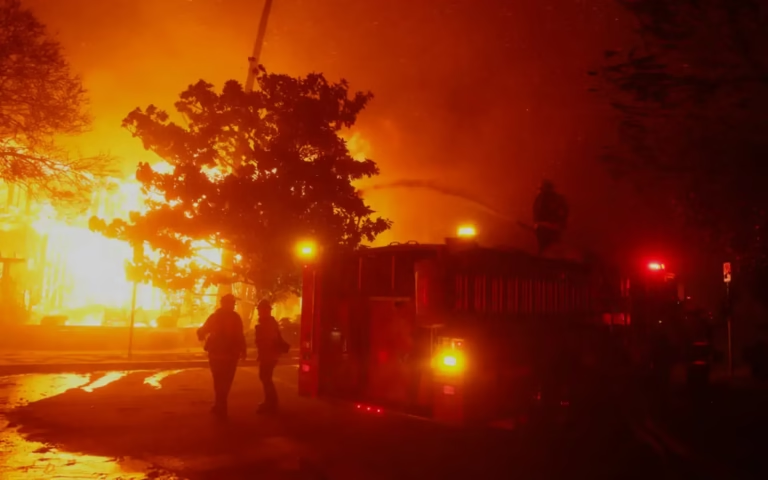By Katya Schwenk
One afternoon in April 2022, Josh Saltzman, the owner of a sports bar in Washington, D.C., opened his inbox to find what looked like a french fry price-fixing conspiracy.
Saltzman had received a notice from his bar’s food distributor that effective April 4, the four major suppliers of frozen potato products, which sell products like french fries and Tater Tots to bars and restaurants around the country, were all hiking their prices in lockstep, each by $0.12 per pound.
For Saltzman, it was hard to believe this was a coincidence. “It was just the most obvious example of collusion I’ve seen in a long time,” he said. “All of them were raising their prices by virtually the exact same amount within a week of each other.”
Frustrated, Saltzman took to the internet. “I was just like, ‘Oh, I’m going to fire off a tweet about Big Potato,’” he said. “Then it somehow took on a life of its own.”
Big Potato was more real than Saltzman had anticipated. That April, Saltzman’s offhand tweet — “Totally not collusion or anything, right?” — went viral. And last month, it was cited in a new spate of antitrust lawsuits brought against the four biggest companies in the frozen potato market, claiming the companies were in fact colluding when they all hiked their prices at the same time in 2022.
The four companies now stand accused of operating as a “cartel” and conspiring to hike prices, jacking up the cost of french fries and Tater Tots around the country. But they’re hardly alone. The case against Big Potato is a window into how consolidation has crept into every corner of the food industry — and how these firms are finding new, sophisticated methods to keep prices high.
After decades of consolidation, just four firms now control at least 97 percent of the $68 billion frozen potato market, the antitrust cases reveal. These four companies participate in the same trade associations and use a third-party data analytics platform — PotatoTrac — to share confidential business information. The lawsuits allege the firms’ collusion has driven french fries and hash browns to record-high prices.
Consumers have felt the impacts of these price hikes. The cost of fries at McDonald’s has increased by 138 percent since 2014, and hash brown prices have more than doubled in recent years at fast food joints including Jack in the Box and Hardee’s. At local dives and mom-and-pop joints — like Saltzman’s bar, Ivy and Coney — the cost of fries is going up, too.
Between July 2022 and July 2024, the price of frozen potato products increased by 47 percent across the board, according to court documents. This rise was initially tied to a jump in operating costs among the companies that peaked in 2022 — but even as these expenses have declined over the last two years, product prices have remained high.
In all corners of the food industry, similar developments have occurred: Industries consolidate, and prices jump. Even niche markets like almond milk and microwave popcorn are increasingly controlled by just a few firms, driving higher prices for consumers and uncertainty for farmers and suppliers — and helping to fund lucrative stock buyback programs and payouts for executives and top shareholders.
“All of these industries are trending toward duopolies — the model of Coke and Pepsi,” said Philip Howard, a professor at Michigan State University who studies concentration in food systems. While concentration is “not always as bad as 97 percent held by four firms like in the potato industry,” he said, “a lot of industries are getting closer and closer to that.”
A spokesperson for Lamb Weston Holdings, the biggest player in frozen potatoes and one of the main defendants in the antitrust cases, wrote in response to questions from The Lever that “we believe the claims are without merit and intend to vigorously defend our position.”
The other three potato firms named as defendants in the lawsuits did not respond to requests for comment.
The Potato Cartel
The antitrust battle against the frozen potato market began in November. Since last month, more than a dozen coordinated private class action lawsuits have been filed on behalf of restaurants, grocery stores, and food distributors around the country, all of which claim that price-fixing by the four french fry behemoths has hurt their bottom lines.
“The potato cartel moves prices skyward in lockstep — harming all purchasers of potatoes in the process,” attorneys wrote in a lawsuit filed in November.
Years of consolidation in the french fry market preceded these collusion allegations.
According to the suits, around 40 percent of all potatoes grown in the United States are sold to frozen potato companies — 17 billion pounds annually. These firms buy potatoes from growers, prepare and freeze them, package them, and send them off to restaurants, grocery stores, bars, and distributors as frozen fries or tater-tots.
Over the last 20 years, more than a dozen companies with significant shares of the frozen potato market have been whittled down to just four: Lamb Weston, the J.R. Simplot Company, Canada-based company McCain Foods, and Cavendish Farms, all of which are defendants in Simplot controls another 20 percent, and Cavendish Farms accounts for 7 percent, according to the antitrust lawsuits. Lamb Weston and McCain alone control 70 percent of the market; J.R. court documents.
Back in the early ’90s, industry insiders described competition in the frozen potato industry as “fierce.” According to one copyright lawsuit from 1993, that competition inspired the creation of the waffle fry, an innovation that both Lamb Weston and McCain Foods fought to take credit for and use to dominate the market.
Over the years that followed, however, Lamb Weston — which was for a time owned by major food conglomerate Conagra — McCain Foods, and J.R. Simplot expanded their respective market shares, acquiring or eliminating their smaller rivals and expanding their control over the industry.
Potential new challengers faced major hurdles when entering the market. The dominance of fast food chains had made frozen potatoes a bulk commodity. Lamb Weston, McCain, and the other potato firms weren’t making their money by selling to mom-and-pop businesses — they were increasingly competing for major contracts with McDonald’s and Burger King.















